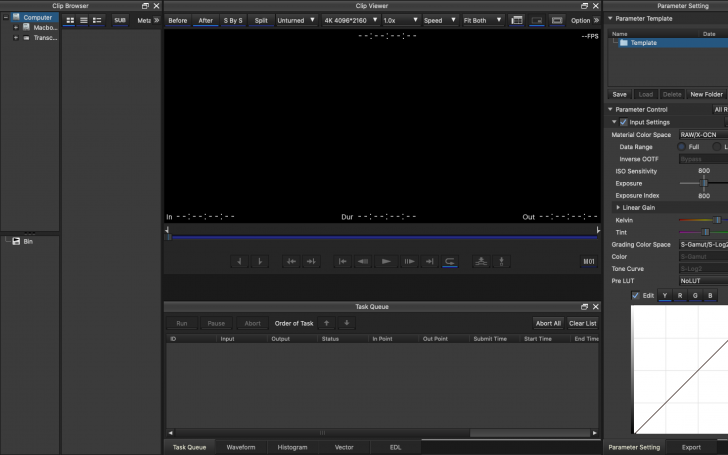

Raw file technicalitiesĪnnoyingly, each camera produces its own particular raw file type, so if you use third-party raw conversion software like Adobe Camera Raw, Lightroom, Capture One or DxO PhotoLab, you might have to wait a few weeks for support for a new camera to arrive.Įach maker uses different file extensions for their raw files. With TIFFs you can create 16-bit images which withstand image manipulation much better than JPEGs. At the end of the process you can create a more refined JPEG image or use the higher-quality TIFF format.

You can then use more powerful raw conversion tools on your computer to control the way the raw file is processed or ‘developed’.

When you capture a raw file, you’re intercepting the image at stage 2, after the analog-digital conversion. Step 5: JPEG images can store only a limited amount of data (8 bits per red, green and blue colour channel, for the technically-minded), so a great deal of unused data is discarded. Step 4: It also applies the white balance, contrast, colour, sharpening and other settings you’ve chosen on the camera Step 3: The camera then generates a processed JPEG image by ‘demosaicing’ the red, green and blue pixels captured by the camera Step 2: Its built-in analog-digital converter turns these into digital data – this is the raw file Step 1: The camera’s sensor captures light values as analog signals Here’s a brief guide to the image capture process to show where raw files fit in. But they contain a lot of useful extra data, so it’s possible to extract a wider range of tones from your photo ( dynamic range), select a white balance setting later rather than at the time of shooting, and apply heavier image adjustments without degrading the image quality. These raw files must be processed by raw conversion software before they can be viewed, edited or shared in the normal way, which is inconvenient. It's best to see them like a digital negative, while a JPEG is more like a 6 x 4 print from a high street lab. More advanced cameras, however, can save the camera’s original unprocessed ‘raw’ file instead of a processed JPEG image, or both at the same time. A lot of this excess data is discarded as the camera applies settings you’ve chosen on the camera, such as the white balance or picture style, and because the JPEG image format simply can’t hold all the data captured by the sensor. JPEG is a kind of universal file format for photos, that doesn’t take up much space and can be viewed and shared on any device.īut the camera’s sensor actually captures a lot more data than you see in the JPEG image saved by the camera. These are ready-processed image files ready for viewing, sharing and printing. So what’s the difference between raw files and the JPEG images produced by your camera? All digital cameras can produce JPEG images. They have been called the equivalent of a ‘digital negative’, but it would be equally accurate to think of them as the ‘undeveloped’ digital image. Raw files are unprocessed image files captured straight from your camera’s sensor.


 0 kommentar(er)
0 kommentar(er)
